Neuroscience

Neurotransmitter receptors function via various G-protein coupled and G-protein independent mechanisms that activate downstream intracellular signaling pathways such as cAMP/PKA, PI3K/AKT, phospholipase A2, and phospholipase C pathways. For instance, dopamine receptors act through adenylate cyclase to activate PKA and other signaling molecules, thereby mediate gene expression through the actions of CREB and other transcription factors. Other neurotransmitters such as NMDAR or AMPAR are associated with ion channels that control flux of Ca2+ and Na+, thus propagating the action potential across the post-synaptic neuron.
Dysfunctions in GABAergic/glutamatergic/serotonergic/dopaminergic pathways result in a broad range of neurological disorders such as chronic pain, neurodegenerative diseases, and insomnia, as well as mental disorders including schizophrenia, bipolar disorder, depression, and addiction.
-
 A8398 ChlorprothixeneSummary: Dopamine receptor antagonist
A8398 ChlorprothixeneSummary: Dopamine receptor antagonist -
 B1141 Varenicline HydrochlorideSummary: α4β2 nicotinic receptor agonist
B1141 Varenicline HydrochlorideSummary: α4β2 nicotinic receptor agonist -
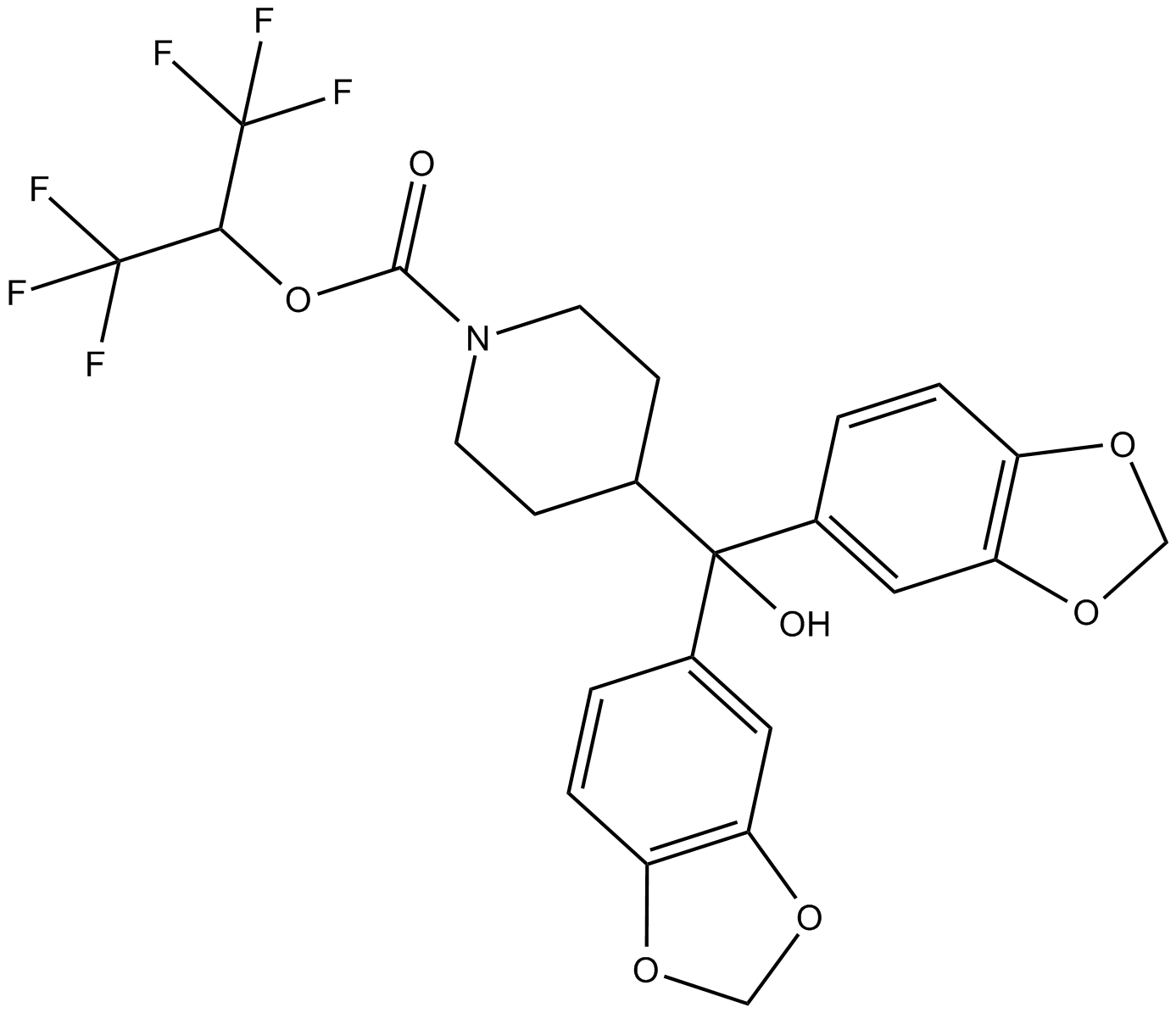 B5745 KML 29Summary: monoacylglycerol lipase (MAGL) inhibitor
B5745 KML 29Summary: monoacylglycerol lipase (MAGL) inhibitor -
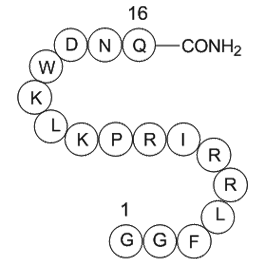 A1012 Dynorphin (2-17), amide, porcineSummary: A modulator of pain response
A1012 Dynorphin (2-17), amide, porcineSummary: A modulator of pain response -
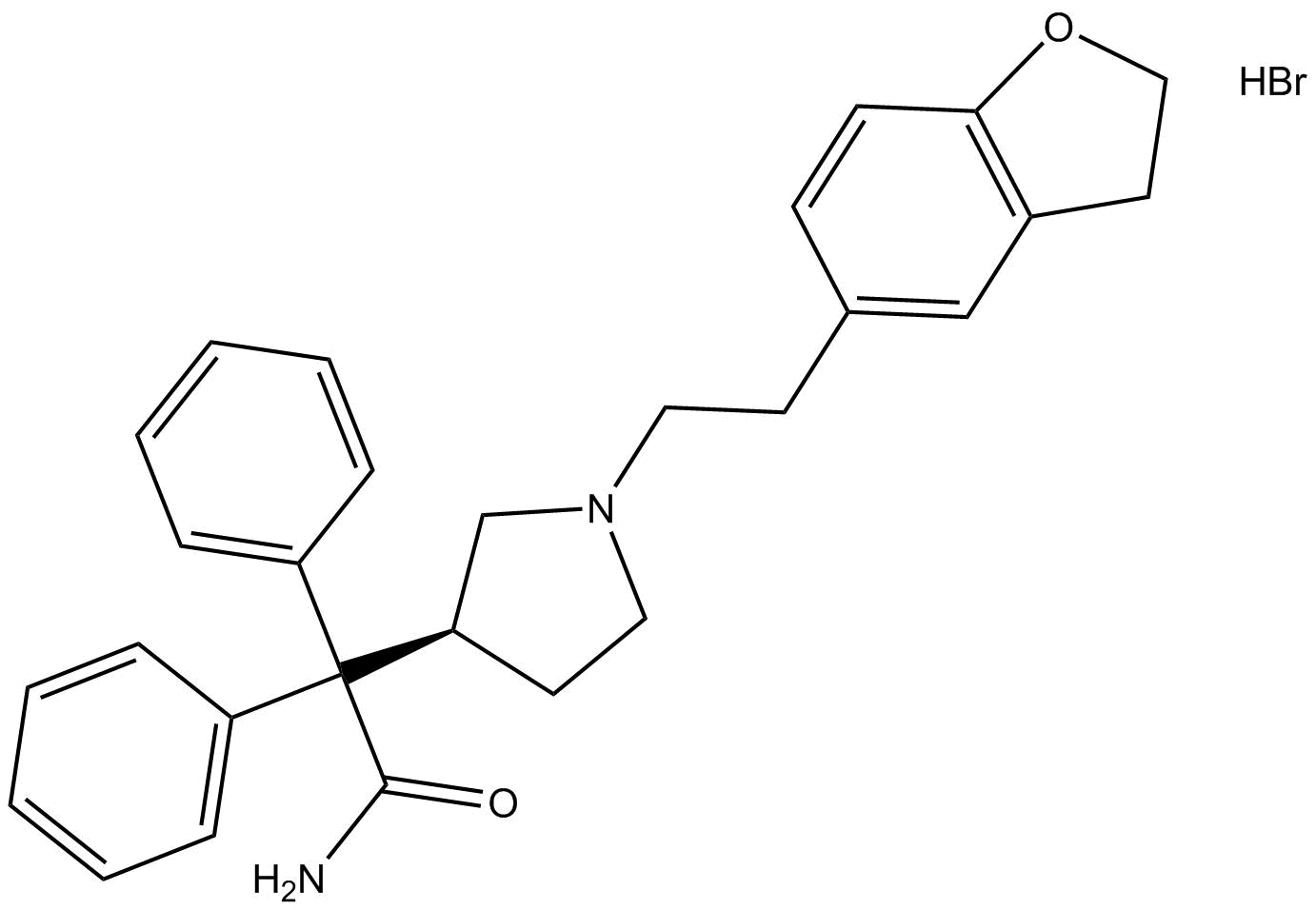 B1600 Darifenacin HBrTarget: M3 ReceptorsSummary: Selective M3 muscarinic receptor antagonist
B1600 Darifenacin HBrTarget: M3 ReceptorsSummary: Selective M3 muscarinic receptor antagonist -
 B2257 Sertraline HClSummary: selective serotonin re-uptake inhibitor (SSRI)
B2257 Sertraline HClSummary: selective serotonin re-uptake inhibitor (SSRI) -
 B1613 Pyridostigmine BromideSummary: Reversible cholinesterase inhibitor
B1613 Pyridostigmine BromideSummary: Reversible cholinesterase inhibitor -
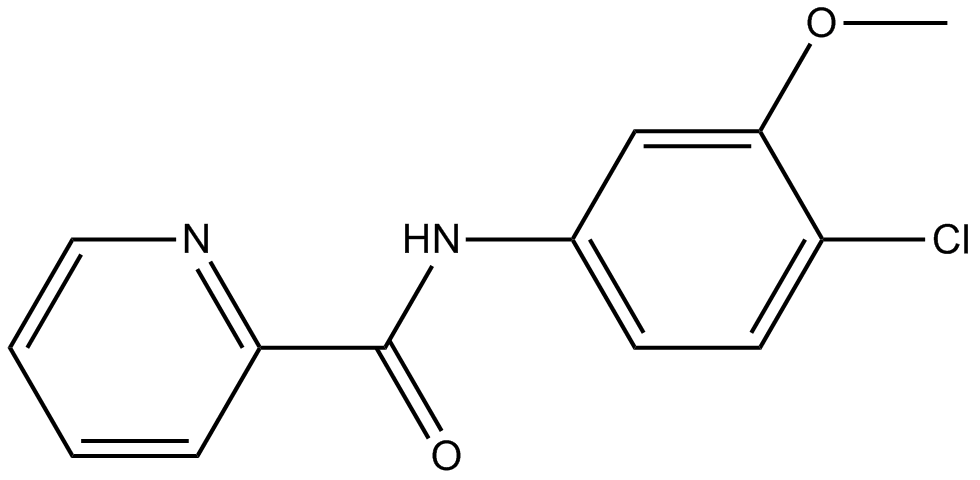 B1630 VU 0361737Summary: MGlu4 receptor allosteric modulator
B1630 VU 0361737Summary: MGlu4 receptor allosteric modulator -
 B5127 Hemokinin 1 (mouse)Summary: agonist at the tachykinin NK1 receptor
B5127 Hemokinin 1 (mouse)Summary: agonist at the tachykinin NK1 receptor -
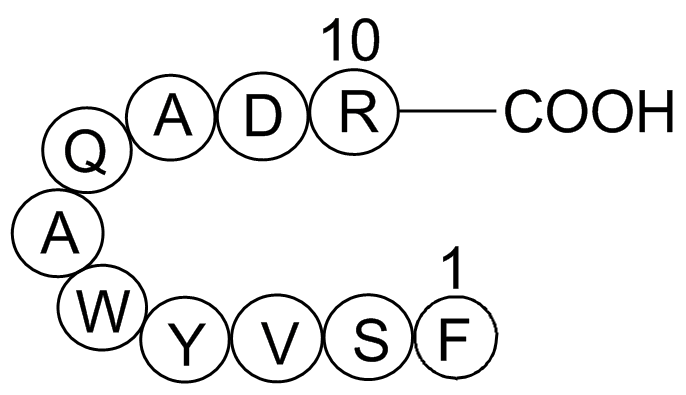 A2701 Scrambled 10PanxSummary: Panx-1 mimetic inhibitory peptide, blocks pannexin-1 gap junctions
A2701 Scrambled 10PanxSummary: Panx-1 mimetic inhibitory peptide, blocks pannexin-1 gap junctions

